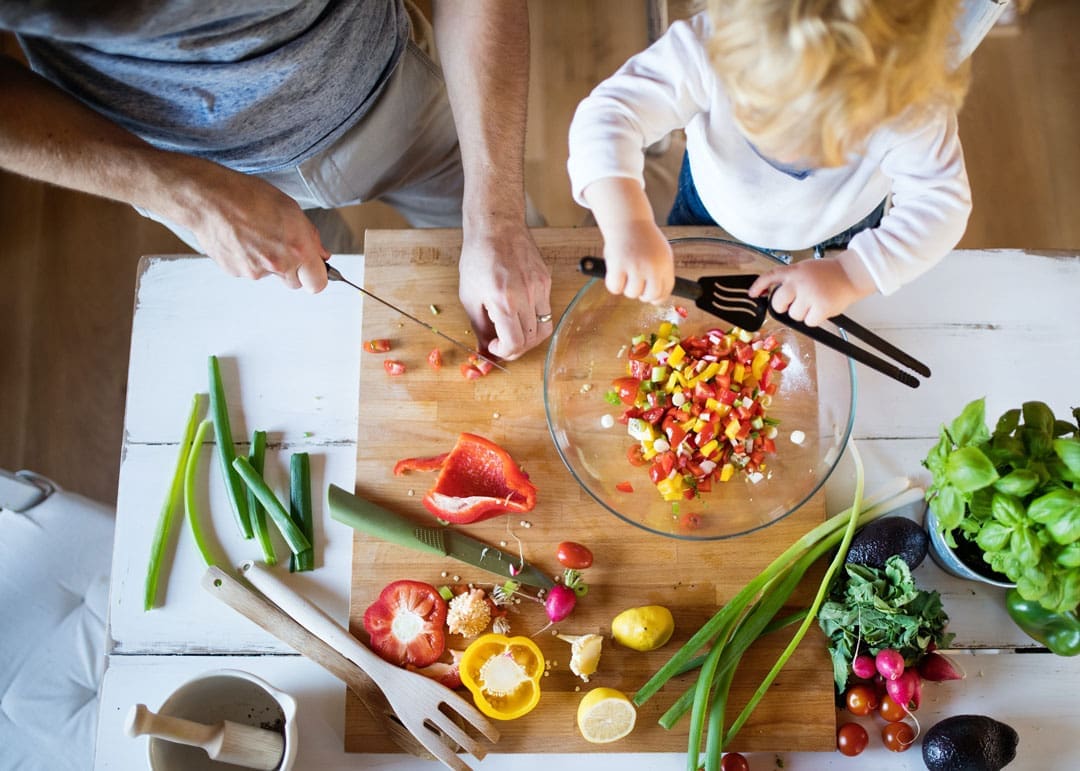
We all know the dangers of consuming sugar in high amounts.…but companies are getting crafty at hiding the actual sugar and carbohydrate content of their products.
For example:
Products marketed as “diabetic friendly” or “sugar-free” actually contain substances called sugar alcohols — which are actually neither a sugar nor an alcohol but really just similar in structure chemically to sugars and alcohols! Essentially, any ingredient ending in “ol” such as xylitol, maltitol, sorbitol, glycerol, etc. are sugar alcohols. The catch however, is that each of these are not really natural products and have to go through processing to become a sugar alcohol and secondly, each one has a different Glycemic Index value.
The GI Value of specific sugar alcohols:
Maltitol syrup, intermediate: 53
Maltitol syrup, regular: 52
Maltitol syrup, high: 48
Polyglycitol / hydrogenated starch hydrolysate: 39
Maltitol syrup, high-polymer: 36
Maltitol: 36
Xylitol: 13
Isomalt: 9
Sorbitol: 9
Lactitol: 6
Erythritol: 0
Mannitol: 0
The most widely used of sugar alcohols is MALTITOL which can be found in products labeled “sugar free” and can be found in sweets, ice creams, cookies and chocolates!
The catch? Maltitol is anything but low Glycemic and actually will still have a response on blood sugar levels. The good news is that since these substances are not broken down by the body, they will not affect the bacteria in the mouth and promote tooth decay. The bad news is that these substances are not broken down by the body and have quite a negative effect on the digestive system causing nausea, cramps and diarrhea. Hmmmm — is the trade-off worth the effects?
As well, I would also like to point out that companies are also posting on their labels the sugar/carbohydrate content “per serving” and usually consumers are partaking twice the amount listed on the serving size. Vitamin Water is a perfect example of this deception where the label minimizes the serving size to be less than what is actually in the bottle.This can be very misleading to the average consumer.
For a great resource to educate clients on the sugar levels in certain products, go to: https://www.sugarstacks.com/
A great read: https://www.sugarshock.com/
Just remember to keep an eye out for the sugar deceptions which are no more than just a marketing tactic!!
Jennifer Papaconstantinou CNP, NNCP
Student Liaison
